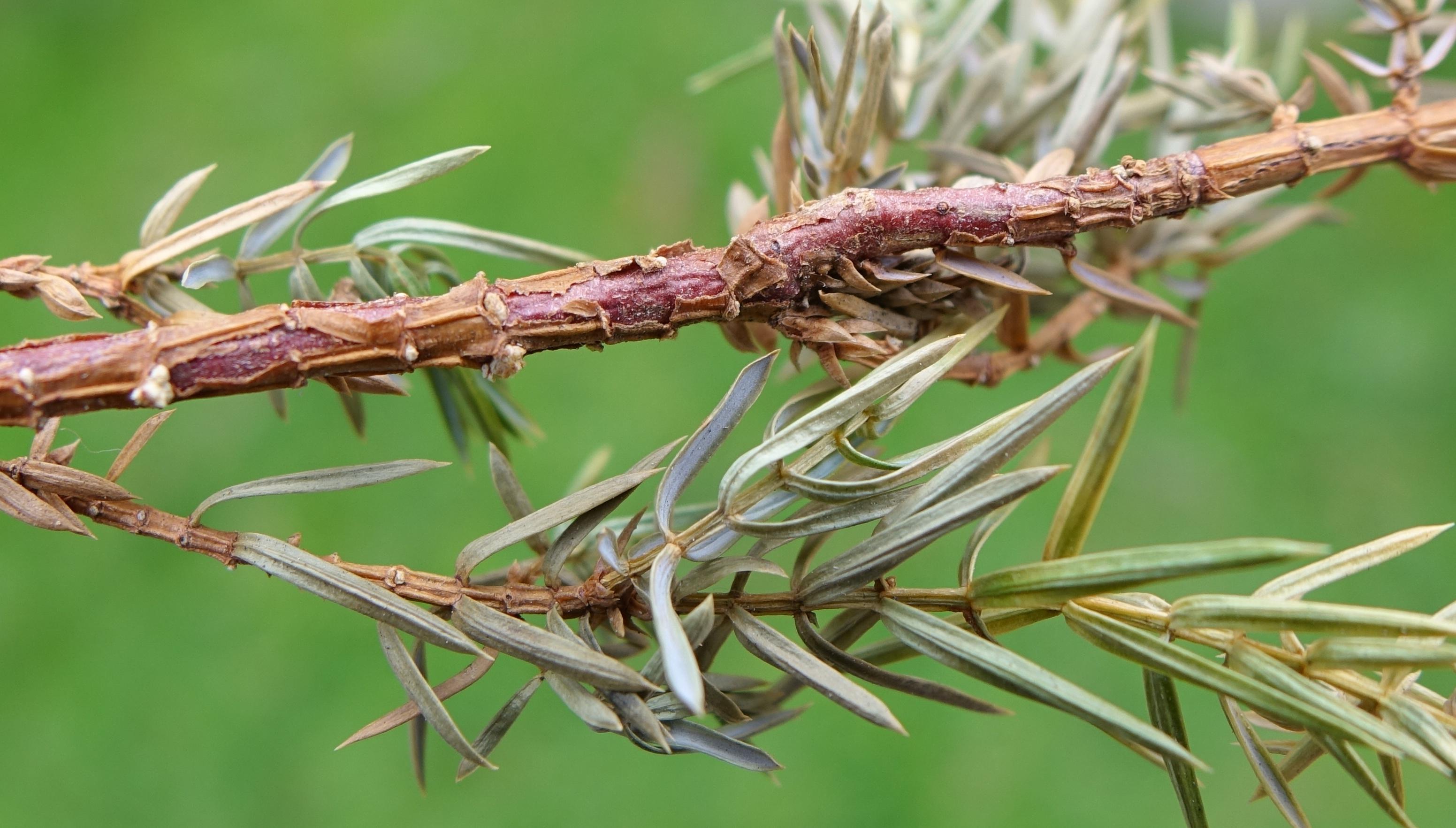
Anthracnose
Colletotrichum graminicola
What is Anthracnose leaf blight (Colletotrichum graminicola)?
Anthracnose leaf blight, caused by Colletotrichum graminicola (formerly known as Glomerella graminicola). It affects various crops, particularly cereal grains. Early in the season, it manifests as small, oval water-soaked lesions on lower leaves, which enlarge to ¾ inch with tan centers and red to reddish-brown or yellow-orange borders. Severe blighting results in yellowing and death of entire leaves. Late in the season, upper leaves are affected.
How does Anthracnose leaf blight (Colletotrichum graminicola) occur?
Colletotrichum graminicola reproduces through two methods: asexual and sexual. In asexual reproduction, the fungus produces spores called conidia, which are spread by wind, rain, insects, or machinery. Sexual reproduction involves the formation of special structures that produce spores called ascospores. These ascospores are also dispersed by wind. Both methods help the fungus survive and spread, with asexual reproduction being the main way it spreads and sexual reproduction adding genetic diversity.
Symptoms
1 - Effects on Crops
• Anthracnose leaf blight can cause significant yield losses in affected crops. • The disease affects leaf function, reducing photosynthesis and weakening plants, leading to reduced grain quality and yield.
2 - Effects on Soil
• Colletotrichum graminicola overwintering on crop debris leads to infected residue accumulation, increasing disease risk. • Severe infections disrupt nutrient uptake and cycling, affecting the availability of future crops. • Disease outbreaks can impact soil biodiversity and ecosystem interactions.
Solutions
1 - Cultural Practices
1. Practice crop rotation, avoiding consecutive maize and other susceptible crop plantings. 2. Use maize hybrids that are resistant or tolerant to anthracnose leaf blight. 3. Remove and destroy crop debris after harvest to reduce overwintering fungal spores. 4. Incorporate crop residue into the soil through tillage to accelerate decomposition and reduce the survival of fungal pathogens. 5. Use high-quality, disease-free seeds from reliable sources to minimize the introduction of fungal inoculum.
2 - Fungicides Applications
• Common fungicides active ingredients used for the control of anthracnose leaf blight caused by Colletotrichum graminicola in corn and cereal crops include azoxystrobin, pyraclostrobin, propiconazole, tebuconazole, thiophanate-methyl, and mancozeb (contact fungicide). • It is important to note that the availability and specific recommendations for fungicides can vary by region and may be subject to local regulations.
